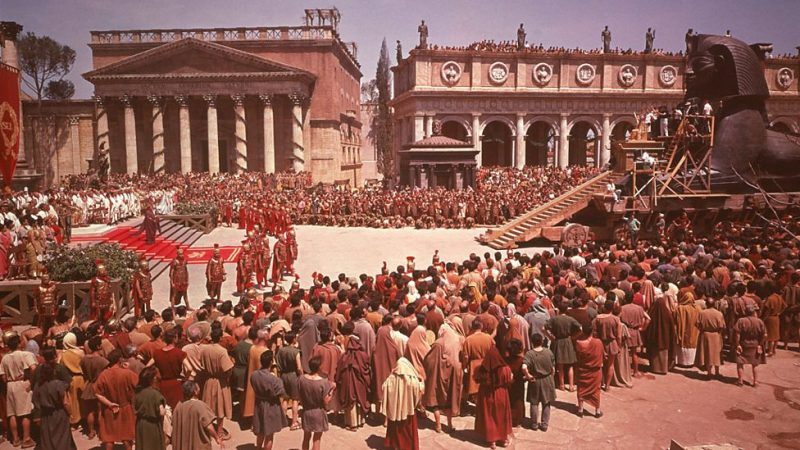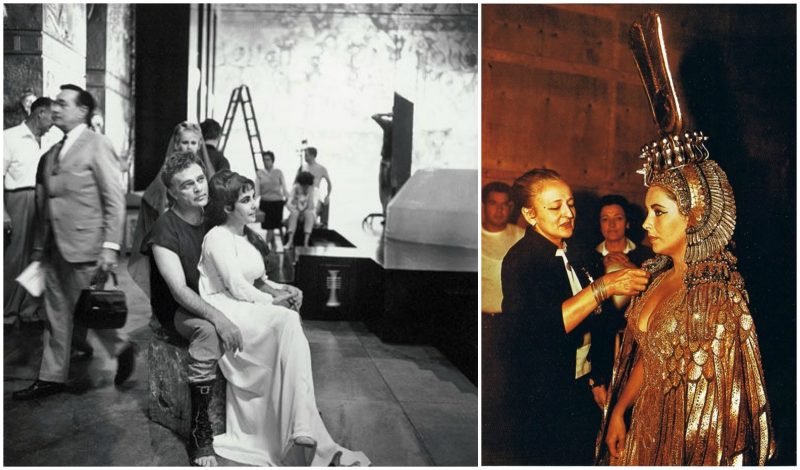Cleopatra (1963) was one of those movies that had all the elements to become an unforgettable, iconic Hollywood epic. It was based on a historic figure, it had like crazy huge production (even by nowadays standards), it cost so much that nearly bankrupted a Hollywood studio, and it was a center of off-set scandals, and some even say that it was a biggest-ever flop.
The film cost $44 million in 1963, equivalent to $330 million today, the production used 26,000 costumes and 79 sets ( even James Cameron would think this is crazy money).
See the below collection of behind the scenes of Cleopatra:
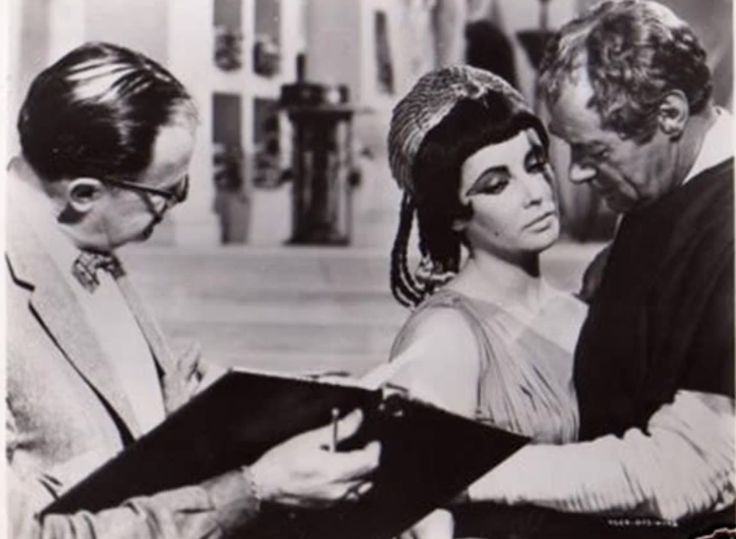
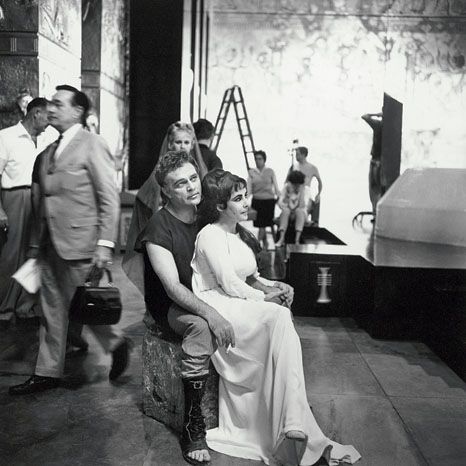
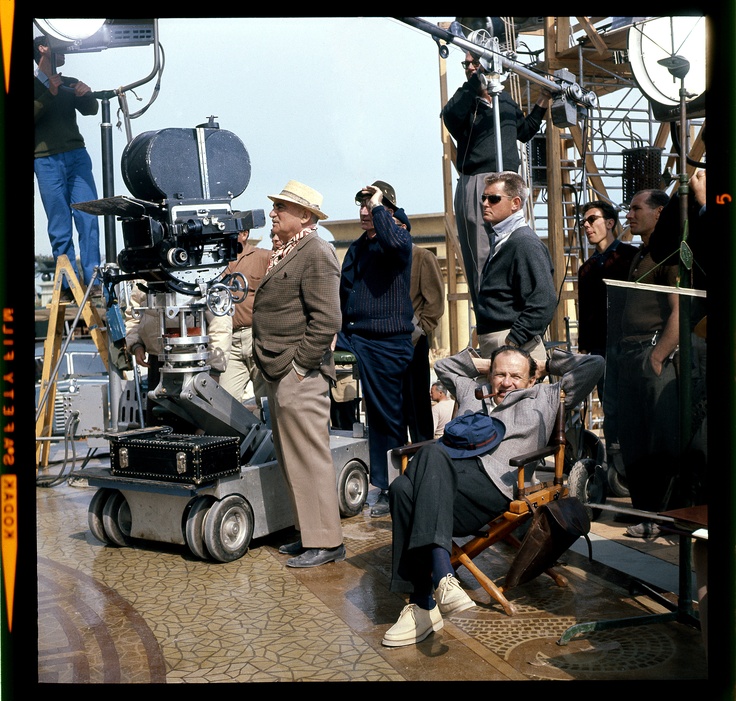
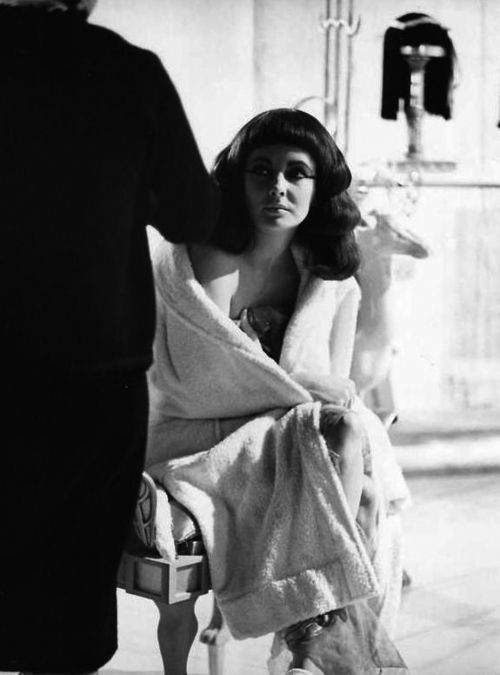
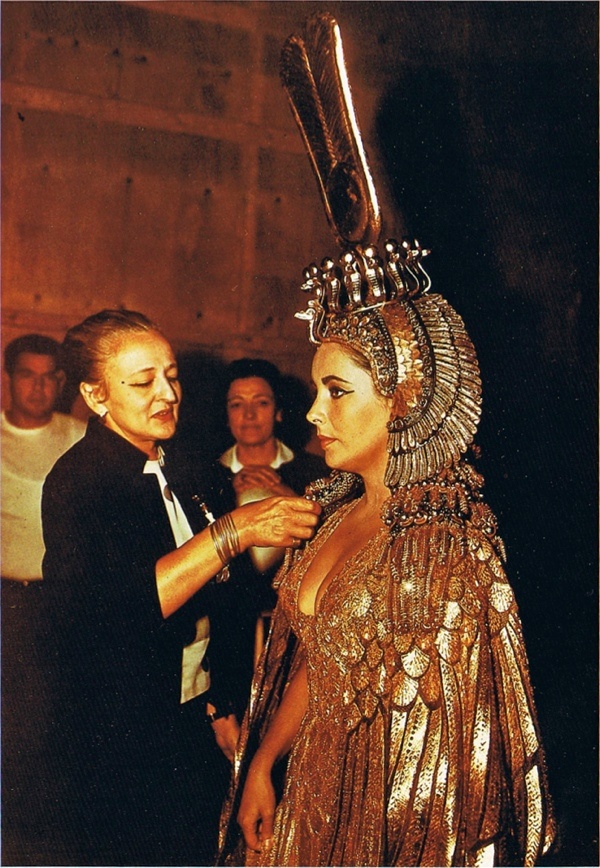
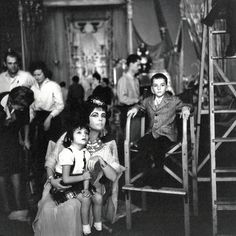
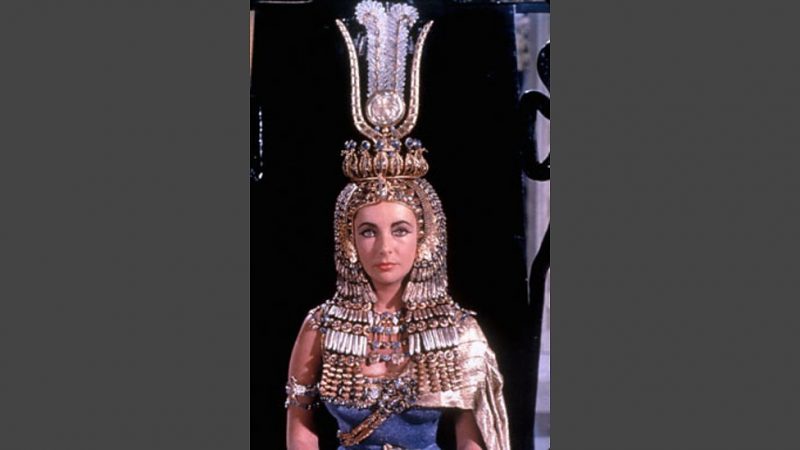
Veteran Hollywood producer Walter Wanger was hired by 20th Century Fox executives to shepherd a remake of the silent 1917 hit Cleopatra into production. Though the studio originally sought a relatively cheap production of $2 million, Wanger envisioned a much more opulent epic. After he was able to negotiate a higher budget of $7 million, screenwriter Nigel Balchin was hired to pen the script. Dale Wasserman would later rewrite Balchin’s material, though neither of them ended up receiving screen credit. Filming began in London in 1960 under Rouben Mamoulian. Mankiewicz was brought into the production after Mamoulian’s departure. Leon Shamroy replaced Jack Hildyard as cinematographer. Mankiewicz inherited a film which was already $5 million over budget and had no usable footage to show for it. This was in part because the actors originally chosen to play Julius Caesar (Peter Finch) and Mark Antony (Stephen Boyd) left owing to other commitments. Mankiewicz was later fired during the editing phase, only to be rehired when no one else could piece the film together (since Mankiewicz was hired so late in the production, he was rewriting the screenplay during principal photography; there was never a finished shooting script as such).
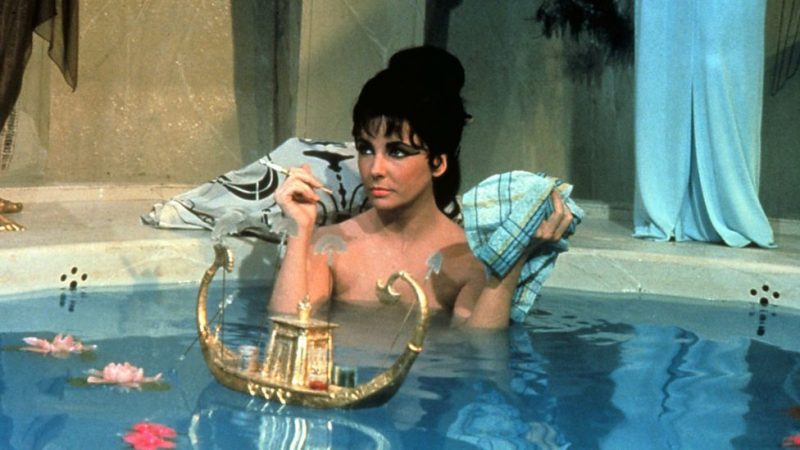
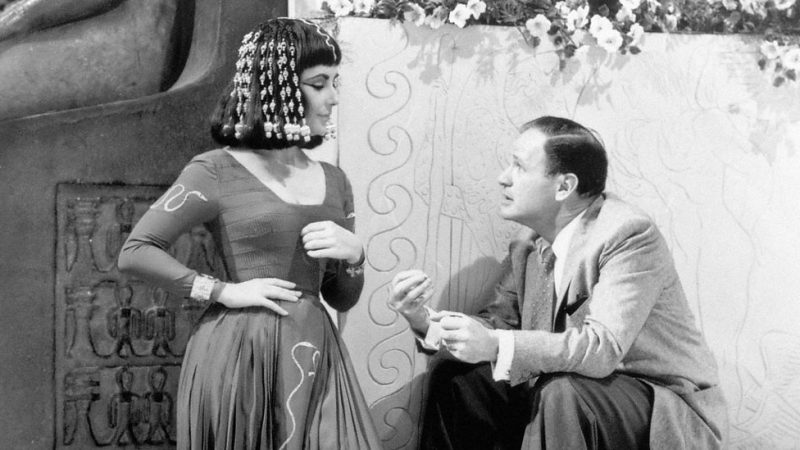
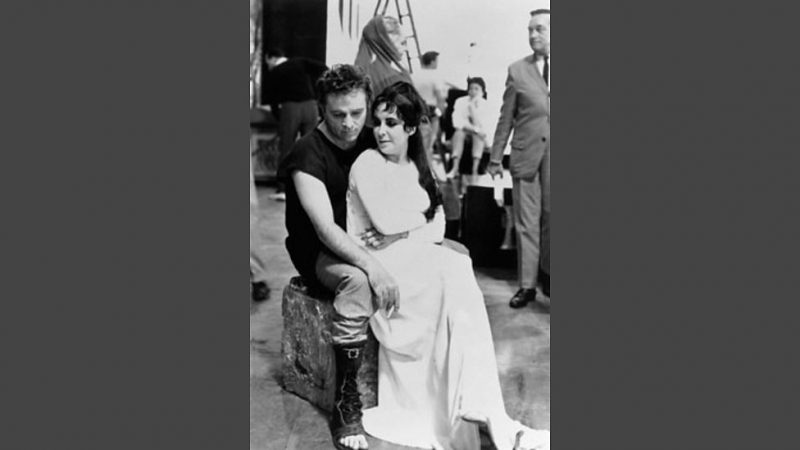
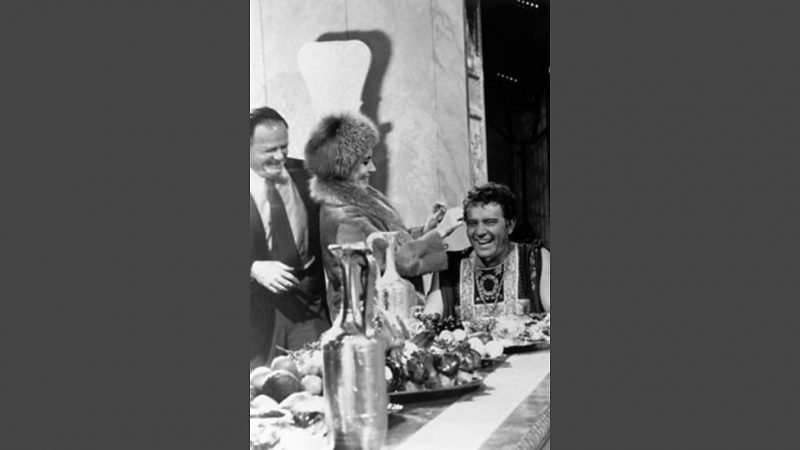
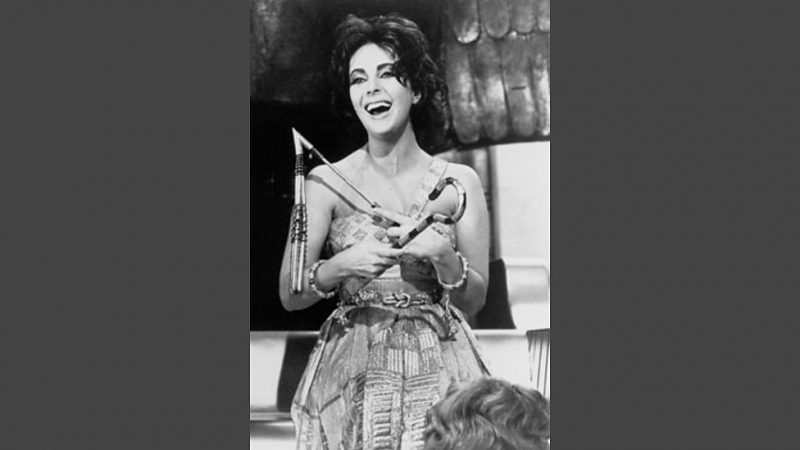
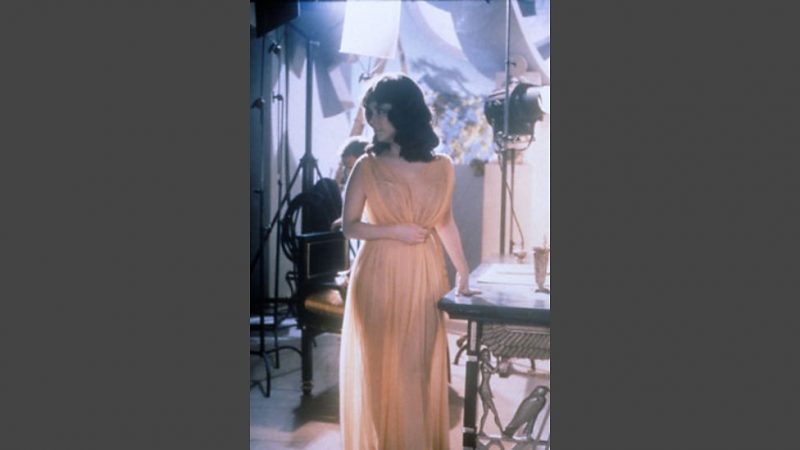
Elizabeth Taylor was awarded a record-setting contract of $1 million. This amount eventually swelled to $7 million because of the delays of the production, ($54.1 million as of 2016).Taylor became very ill during the early filming and was rushed to hospital, where a tracheotomy had to be performed to save her life. The resulting scar can be seen in some shots. All of this resulted in the film being shut down. The production was moved to Rome after six months as the English weather proved detrimental to her recovery, as well as being responsible for the constant deterioration of the costly sets and exotic plants required for the production. (The English sets were utilized for the British comedy Carry On Cleo.) During filming, Taylor met Richard Burton and the two began a very public affair, which made headlines worldwide since both were married to others. Moral outrage over the scandal brought bad publicity to an already troubled production.
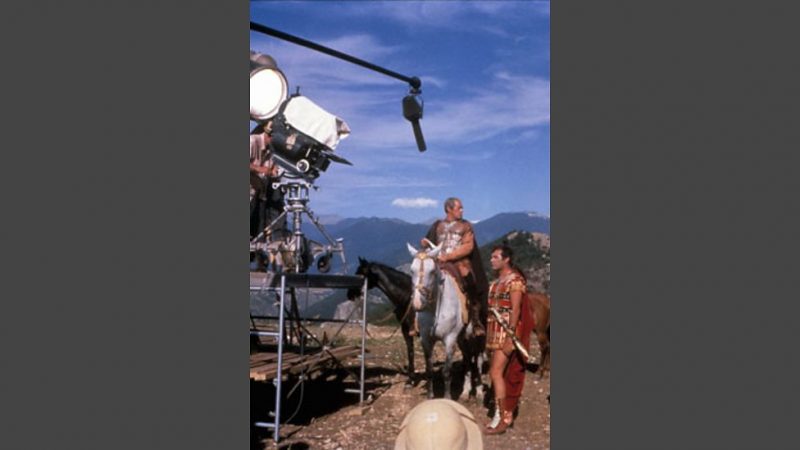
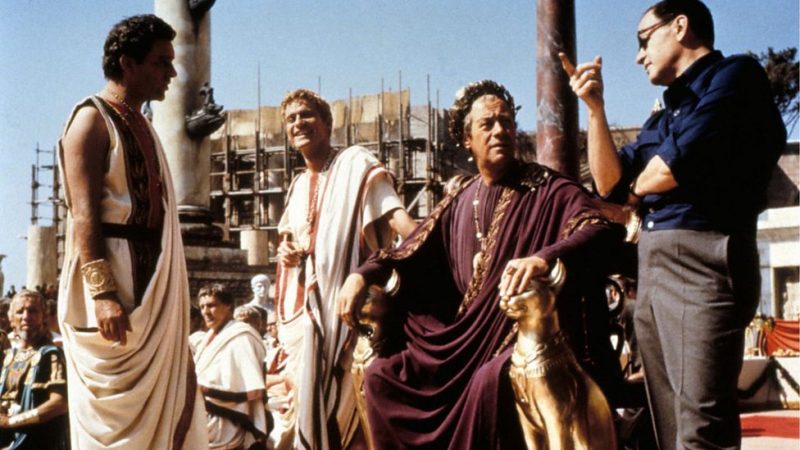
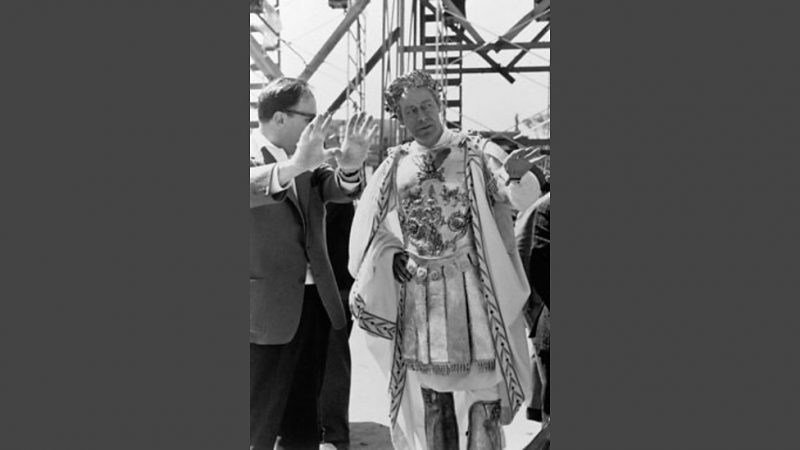
The cut of the film which Mankiewicz screened for the studio was six hours long. This was cut to four hours for its initial premiere, but the studio demanded (over the objections of Mankiewicz) that the film be cut once more, this time to just barely over three hours to allow theaters to increase the number of showings per day. As a result, certain details are left out of the film, such as Rufio’s death and the recurring theme of Cleopatra’s interaction with the gods of Egypt. Mankiewicz unsuccessfully attempted to convince the studio to split the film in two in order to preserve the original cut. These were to be released separately as Caesar and Cleopatra followed by Antony and Cleopatra. The studio wanted to capitalize on the publicity of the intense press coverage the Taylor-Burton romance was generating, and felt that pushing Antony and Cleopatra to a later release date was too risky. The film has been released to home video formats in its 248-minute premiere version, and efforts are under way to locate the missing footage (some of which has been recovered).
